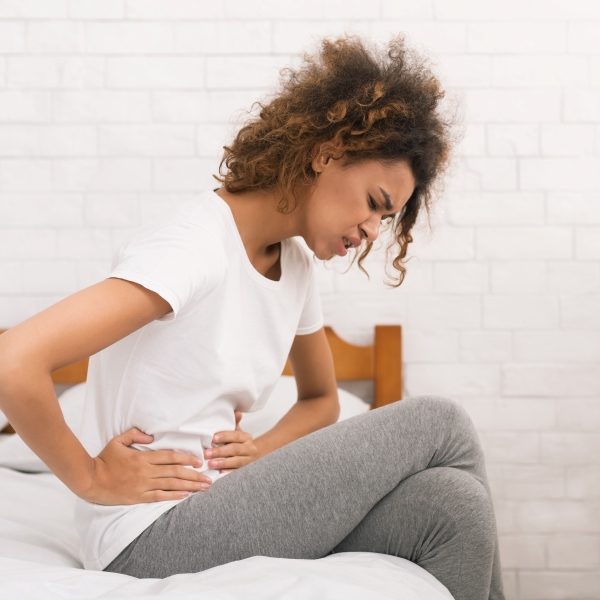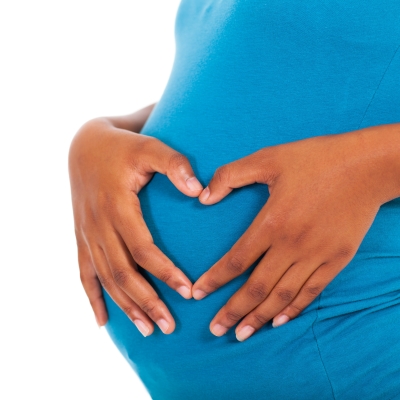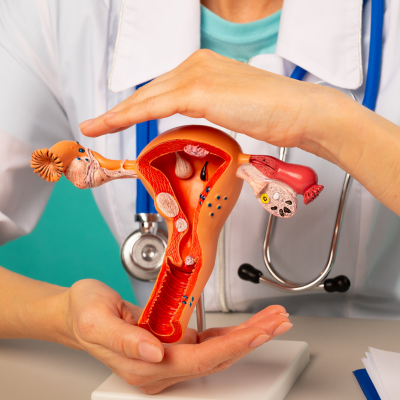Congratulations, you’re pregnant! If you’re already a parent, you know what to expect, but if this is your first child, pregnancy can be a mysterious, sometimes almost frightening process. Today’s pregnancy tests are so precise, that they can detect the presence of human chorionic gonadotropin (Hcg) levels within days following fertilization. Immediately after a fertilized eggs attaches to the woman’s uterine wall, her body produces this hormone. A pregnancy strip can confirm conception has taken place by identifying Hcg presence in only a few drops of urine. What Happens Next? The average pregnancy lasts 280 days or 40 weeks, calculated from the first day of the woman’s last menstrual period. The first trimester covers week 1 to 12. As soon as the fertilized egg (zygote) latches on to the uterine wall, both the umbilical cord and placenta begin to form. Hormonal changes rapidly begin taking place in your body. Often, early symptoms of pregnancy are mistaken for PMS. These symptoms and others include: Spotting or bleeding Fatigue Dizziness (and possibly even fainting) Aversion to certain foods Queasiness or nausea Headache Cramps Bloating Moodiness Backache Breast tenderness More frequent urination (micturition). Can Anything be Done to Counteract These Symptoms? When the egg implants itself into the uterine wall, spotting may occur, but it’s always wise to report any bleeding to your doctor to rule out the possibility of miscarriage, ectopic pregnancy or infection. Additional progesterone can elevate blood pressure, dilate vessels, overheat the body, and force the heart to beat faster when sending blood to the uterus. All these changes can bring about fatigue, moodiness, dizziness and possible fainting. Progesterone can also slow some body functions down, including digestion which causes nausea, vomiting, constipation, and indigestion. The body reacts by trying to purge what is upsetting it, resulting in morning sickness. Higher Hcg in the body, especially in a multiple pregnancy, can also trigger nausea. It’s best to avoid foods that repel you during this stage. For intolerable nausea or vomiting, inquire about supplements or devices that can ease discomfort. If you experience dizziness, move slowly, especially when you get up from sitting or lying down. Should faintness occur, sit down with your head between your knees. Rest when possible. Moderate headaches may be relieved with acetaminophen, but never without consulting your physician. If symptoms are excessive, speak to your doctor. Cramps, bloating and backache can also be attributed to hormonal fluctuations. Frequent urination, even in this early stage, is usually the result of uterine growth and pressure against the bladder. Fluid intake should not be limited, as this is a normal occurrence. Breast tenderness is also hormonal. The breasts are preparing themselves for the baby’s upcoming nutritional needs. Investing in a good support bra may help. What precautions can I take during this time? Don’t smoke, and avoid exposure to second hand smoke. Don’t drink alcohol or use recreational drugs. Mention any prescription drugs you use to your doctor. Avoid caffeine Disclose any work hazards to your obstetrician, such as exposure to harmful chemicals, radiation, dangerous metals, toxic waste, etc. Do not eat or handle raw meat. Wash all fruits and vegetables thoroughly. Wear gloves while handling soil. If you own a cat, have someone else change the litter, and wash hands diligently after animal contact to avoid risk of toxoplasmosis which can harm your baby. Discuss your diet with your doctor and make necessary recommended changes. Take any vitamins, supplements and minerals your doctor prescribes regularly. Is it Safe to Engage in Sex During the First Trimester? Unless you have a specific medical condition of concern, it is safe to have sex. How Big is My Baby in the First Trimester? Between week four and twelve, your baby grows from the size of a tiny fig seed to roughly the length of that credit card you’re probably beginning to max out in happy anticipation. He or she is almost 3 inches long, weighing approximately one ounce and is about the size of a golf ball. Yet, by now, those tiny fingers have fingerprints. Organs are formed, functioning, and are visible through almost transparent skin. A heartbeat can be detected. The body is beginning to catch up with the head that still accounts for one third of body size. Reflexes are becoming sharper. The fetus can make sucking motions and respond to stimuli such as prodding. Eyes are close together on the face instead on either side of the head. Ears are forming and almost in position. The skeleton is made of cartilage that will gradually become bone. Gender is discernable. What Tests Are Performed During the First Trimester? Your blood will be will screened for type, count, RH factor, anemia, German measles (rubella), hepatitis B, HIV and other sexually transmitted diseases, along with exposure to diseases such as toxoplasmosis and varicella. Other test will look for genetic problems such as sickle cell anemia, Tay- Sachs disease, cystic fibrosis, etc. A combination blood/ultrasound nuchal translucency for Down syndrome and other chromosomal abnormalities may be offered during the latter part of this trimester. Glucose levels will be analyzed for signs of diabetes and urine checked for albumin which may indicate preeclampsia An ultrasound, usually near the end of the first trimester, will determine a due date, gender, and normal fetal progress. Although your baby develops throughout your entire pregnancy, extra precaution during the first trimester when fetus growth is so accelerated is vital. Our doctors can guide you in all the ways possible to ensure both your health and that of your child. For more information, visit Northside Hospital Cherokee. For an appointment, call our clinic at 770.720.7733.














